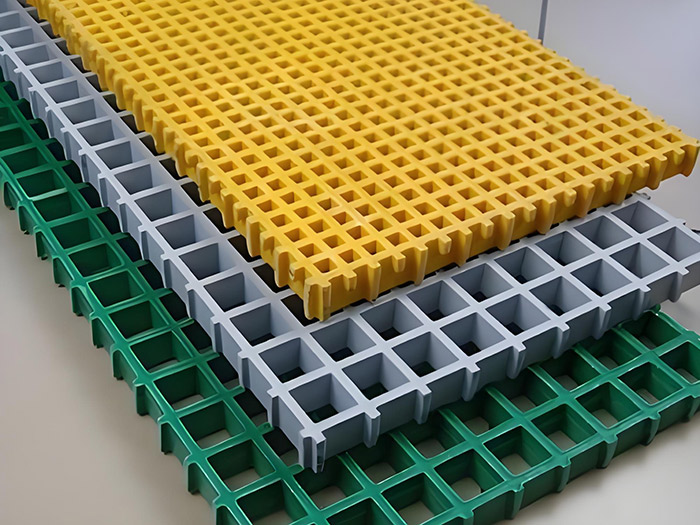FRP Structures System for Oil and Gas Industry: Enhancing Durability and Efficiency in Harsh Environments
The oil and gas industry operates in some of the most challenging environments on Earth, where structures are constantly exposed to extreme temperatures, corrosive substances, and mechanical stress. Traditional materials like steel and concrete have long been the standards, but their limitations—such as high maintenance costs and reduced lifespan—are becoming increasingly unsustainable. This is where Fiber-Reinforced Polymer (FRP) structures come into play, offering a revolutionary solution to enhance durability and efficiency.
What Are FRP Structures, and How Do They Work?

FRP structures are composite materials made from a combination of fibers (such as carbon, glass, or aramid) and a polymer matrix (like epoxy or polyester). These materials provide exceptional strength-to-weight ratios, making them ideal for harsh environments. Unlike conventional materials, FRPs resist corrosion, fatigue, and chemical degradation, ensuring longer service life and reduced maintenance requirements.
In the oil and gas sector, FRP structures are increasingly used in pipelines, storage tanks, offshore platforms, and wind turbines. Their ability to withstand saltwater exposure, hydrogen sulfide, and other corrosive elements makes them a superior choice for marine and subterranean applications.
Why Are FRP Structures Essential for the Oil and Gas Industry?
1. Enhanced Durability
One of the primary challenges in the oil and gas industry is the relentless exposure to harsh conditions. Traditional materials often deteriorate over time, leading to costly repairs and potential safety hazards. FRPs, however, maintain their structural integrity under extreme stress, reducing the need for frequent replacements.
2. Lightweight Yet Strong
FRPs are significantly lighter than steel or concrete, which reduces transportation and installation costs. Their high strength-to-weight ratio ensures that they can withstand heavy loads without compromising on performance. This makes them particularly useful for offshore applications where buoyancy and weight distribution are critical.
3. Environmental Benefits
The oil and gas industry is under increasing pressure to adopt sustainable practices. FRP structures are more eco-friendly than traditional materials because they contain fewer toxins and can be recycled at the end of their lifespan. Additionally, their longer lifespan means less waste over time.
4. Costo-efficacia
While the initial investment for FRP structures may be higher, their low maintenance and extended lifespan make them a cost-effective solution in the long run. Companies can save on repair and replacement costs while improving operational efficiency.
Sfide e considerazioni
Despite their advantages, FRP structures are not without challenges. One common concern is their vulnerability to impact damage, especially in high-traffic areas like pipelines. Additionally, the industry must ensure proper installation techniques to maximize the benefits of FRPs. However, advancements in manufacturing and design are continuously addressing these issues.
Sharing Insights: Best Practices for FRP Implementation
For companies considering FRP structures, here are some best practices:
– Conduct Thorough Testing – Ensure the FRP material meets industry standards and can withstand specific environmental conditions.
– Hire Expert Installers – Proper installation is critical to prevent damage and ensure long-term performance.
– Monitor Regularly – While FRPs require less maintenance, regular inspections can help identify potential issues early on.
The Future of FRP in the Oil and Gas Industry
As the demand for sustainable and efficient infrastructure grows, FRP structures are poised to play an increasingly vital role in the oil and gas industry. Innovations in composite materials and manufacturing techniques will further enhance their capabilities, making them the go-to solution for challenging environments.
In conclusion, FRP structures offer a durable, lightweight, and cost-effective alternative to traditional materials, ensuring enhanced efficiency and sustainability in the oil and gas sector. By adopting these advanced solutions, companies can reduce operational risks, lower costs, and contribute to a more environmentally responsible industry.
For more insights on FRP technology and its applications, feel free to share your thoughts or questions below. Let’s explore how these innovative structures can transform the future of energy infrastructure!







